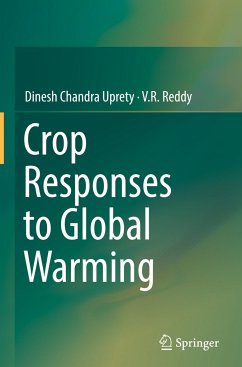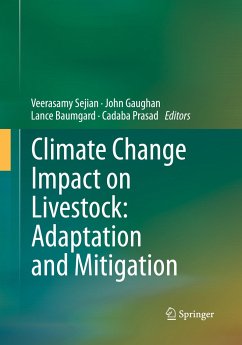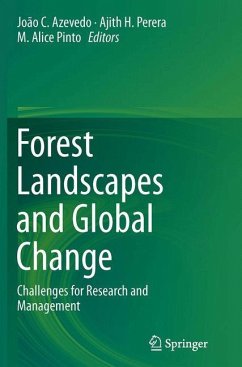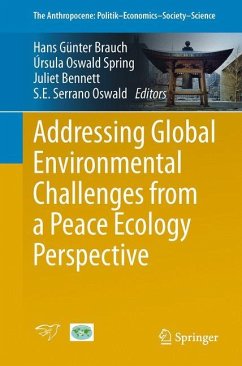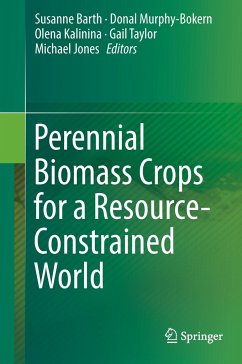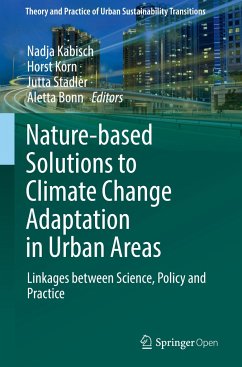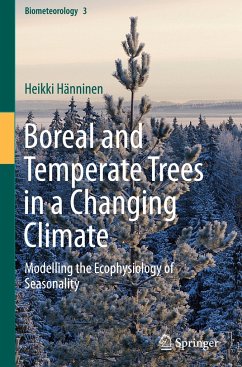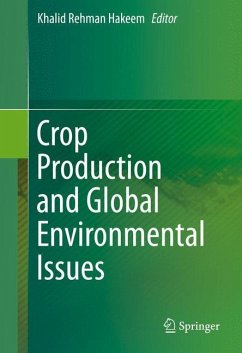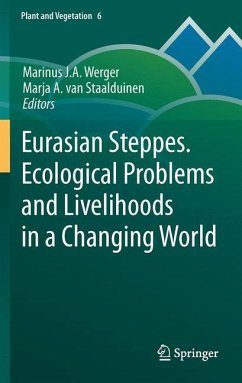
Eurasian Steppes. Ecological Problems and Livelihoods in a Changing World
Versandkostenfrei!
Versandfertig in 1-2 Wochen
153,99 €
inkl. MwSt.

PAYBACK Punkte
77 °P sammeln!
Steppes form one of the largest biomes. Drastic changes in steppe ecology, land use and livelihoods came with the emergence, and again with the collapse, of communist states. Excessive ploughing and vast influx of people into the steppe zone led to a strong decline in nomadic pastoralism in the Soviet Union and China and in severely degraded steppe ecosystems. In Mongolia nomadic pastoralism persisted, but steppes degraded because of strongly increased livestock loads. After the Soviet collapse steppes regenerated on huge tracts of fallow land. Presently, new, restorative steppe land managemen...
Steppes form one of the largest biomes. Drastic changes in steppe ecology, land use and livelihoods came with the emergence, and again with the collapse, of communist states. Excessive ploughing and vast influx of people into the steppe zone led to a strong decline in nomadic pastoralism in the Soviet Union and China and in severely degraded steppe ecosystems. In Mongolia nomadic pastoralism persisted, but steppes degraded because of strongly increased livestock loads. After the Soviet collapse steppes regenerated on huge tracts of fallow land. Presently, new, restorative steppe land management schemes are applied. On top of all these changes come strong effects of climate change in the northern part of the steppe zone. This book gives an up-to-date overview of changes in ecology, climate and use of the entire Eurasian steppe area and their effects on livelihoods of steppe people. It integrates knowledge that so far was available only in a spectrum of locally used languages.






